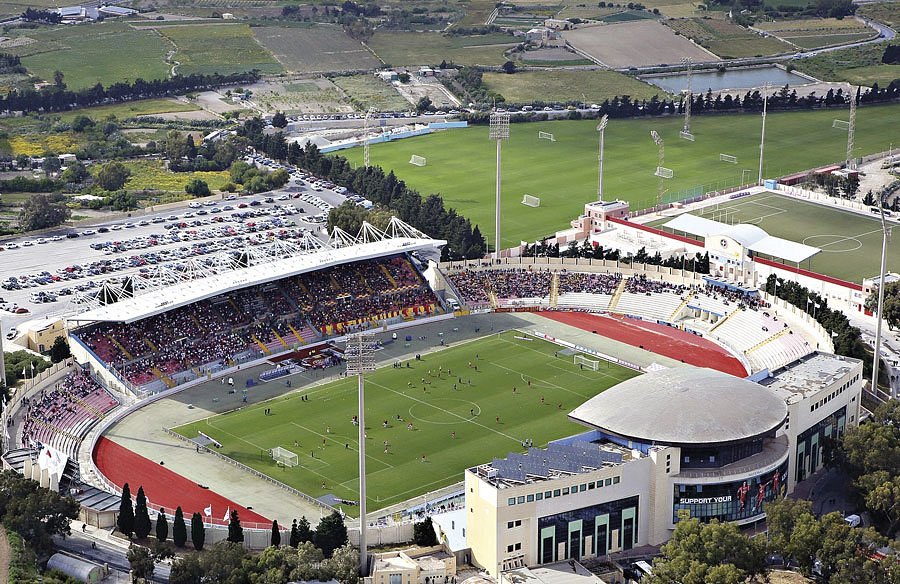2022 population rise would not fit in Ta’ Qali Stadium!

In 2022 Malta’s population rose by almost 22,000 which is way above the full capacity of the Ta’ Qali National Stadium which can hold 17,000 spectators. Data published by the National Statistics Office on World Population Day shows that by the end of last year the population has reached 542,051 – a 4.2 per cent increase. A decade ago, Malta’s population was 421,230 meaning a sharp increase of more than 25% since 2012.
The population increase in 2022 was mainly driven by a total net migration (immigration less emigration) of 21,798 persons which equates to 60 arrivals per day. Third country nationals made up 83.1 per cent of the total net migrants in 2022. Males accounted for 65.8 per cent.
The demographic trend is even more significant when considering the low fertility rate among the native population which has been in decline for years. Resident live births in 2022 decreased by 2 per cent when compared to the previous year. 39.7 per cent of women who gave birth in 2022 were aged 30 to 34 at the time of birth.
Resident deaths in 2022 increased by 1.6 per cent over the previous year. Of the 4,230 resident deaths occurring during 2022, 67.4 per cent were persons aged 75 and over at the time of death. Natural increase (the difference between the number of live births and the number of deaths) continued to decline in 2022, reaching the lowest value recorded over the past fifteen years, at 79. Hence, were it not for the influx of foreigners the Maltese population would have remained practically the same.
These figures back the argument of those who have been sounding the alarm bells regarding Malta’s economic policy which in the last decade was predominantly based on cheap labour. Such concerns are stemming from evidence on the ground that the country’s infrastructure is collapsing under the increase demand in terms of power, water supply, healthcare and traffic. Moreover, this uncontrolled influx is having socio-economic repercussion on localities like St Paul’s Bay and Msida where the Maltese have become a minority.
Nearly 53 per cent of the total resident population at the end of 2022 was male. Persons under the age of 18 made up 15.1 per cent of the total population, while 18.6 per cent were aged 65 and over. Of these, 3,395 persons – 2,415 females and 980 males – were aged 90 and over.
